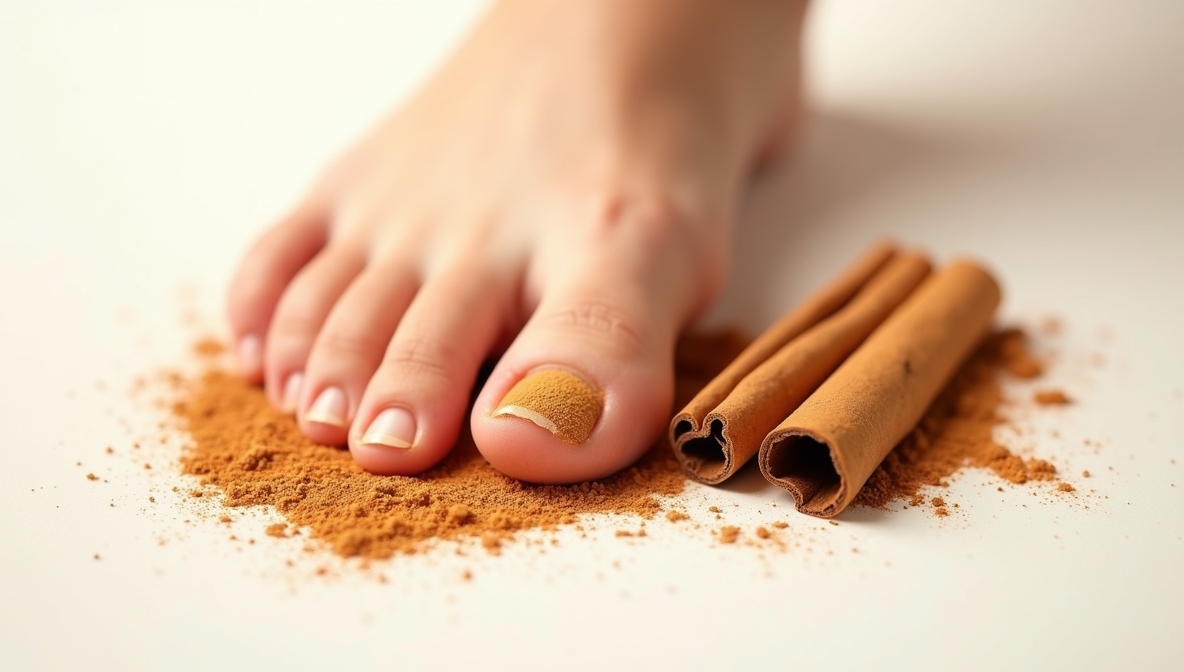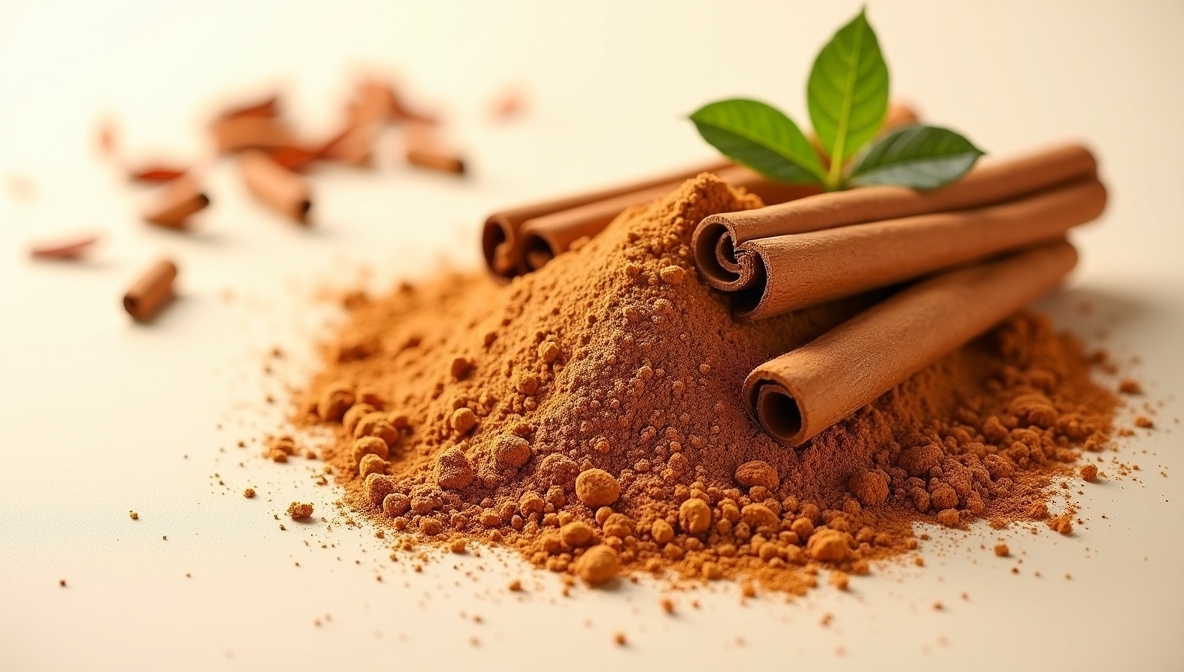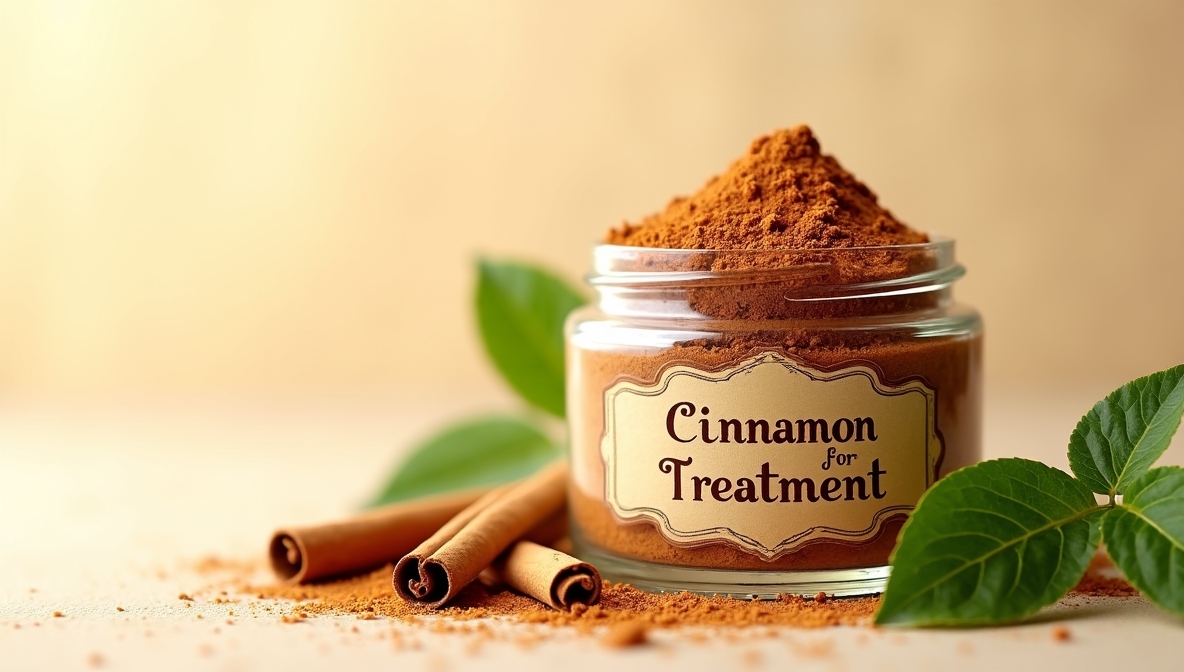Toenail fungus is more than a cosmetic issue—it can cause discomfort, discoloration, and thickened nails that are difficult to manage. Many turn to natural remedies for relief, and cinnamon has gained attention for its potential antifungal properties. But does it actually work?
How Cinnamon Fights Toenail Fungus
Cinnamon contains cinnamaldehyde, a compound known for its antimicrobial and antifungal effects. This natural ingredient disrupts fungal cell membranes, preventing growth and spread. Cinnamon also possesses anti-inflammatory properties, which may help reduce swelling and irritation around infected nails.
Benefits of Using Cinnamon for Toenail Fungus
- Antifungal Power – Cinnamaldehyde directly inhibits fungal growth.
- Anti-Inflammatory Properties – Reduces swelling and redness.
- Improved Circulation – Helps deliver nutrients to support nail recovery.
- Pleasant Aroma – Unlike many medicinal treatments, cinnamon offers a warm, appealing scent.
Ways to Use Cinnamon for Toenail Fungus
1. Cinnamon Oil Application
Cinnamon essential oil can be applied directly to the affected nail for a concentrated antifungal effect.
How to Use:
- Clean the affected area and trim thickened nails.
- Dilute cinnamon oil with a carrier oil (e.g., coconut or olive oil).
- Apply a few drops to the nail using a cotton swab.
- Repeat twice daily until improvement is visible.
2. Cinnamon Foot Soak
A warm foot soak infused with cinnamon may help eliminate fungal spores and soothe the affected area.
How to Prepare:
- Boil water and add 3–4 cinnamon sticks or 1 tablespoon of cinnamon powder.
- Let the mixture steep for 10–15 minutes.
- Pour into a basin and allow it to cool slightly.
- Soak feet for 20 minutes, repeating daily.
3. Cinnamon Powder Paste
A simple paste can be made to target the infection directly.
Ingredients:
- 1 tablespoon cinnamon powder
- 1 teaspoon coconut oil or honey
Instructions:
- Mix into a thick paste.
- Apply directly to the nail and affected skin.
- Leave on for 30 minutes, then rinse.
- Repeat daily.
4. Internal Use: Cinnamon Tea
Boosting the immune system can help fight infections from within.
How to Make:
- Boil a cup of water.
- Add a cinnamon stick or 1 teaspoon of cinnamon powder.
- Steep for 10 minutes, then strain.
- Drink once daily.
How Long Does It Take to See Results?
Natural remedies take time. Consistent use over several weeks is required before noticeable improvements appear. Mild cases may show changes within a month, while severe infections might take several months.
Potential Side Effects and Precautions
- Skin Sensitivity: Cinnamon oil can be potent and may cause irritation. Always dilute before use.
- Allergic Reactions: Those with cinnamon allergies should avoid topical applications.
- Not a Replacement for Medical Treatment: Severe infections may require prescription antifungal medication.
Other Natural Remedies to Combine with Cinnamon
For stronger effects, cinnamon can be used alongside other antifungal agents:
- Tea Tree Oil – Known for its strong antifungal action.
- Apple Cider Vinegar – Helps balance skin pH and prevent fungal growth.
- Garlic Paste – Contains allicin, a natural antifungal compound.
- Baking Soda – Reduces moisture, making it harder for fungus to thrive.
Final Thoughts
Cinnamon shows promise as a natural remedy for toenail fungus due to its antifungal and anti-inflammatory properties. While it may not work as quickly as medical treatments, consistent use can support nail recovery. Those dealing with persistent infections should consult a healthcare provider for additional treatment options.




